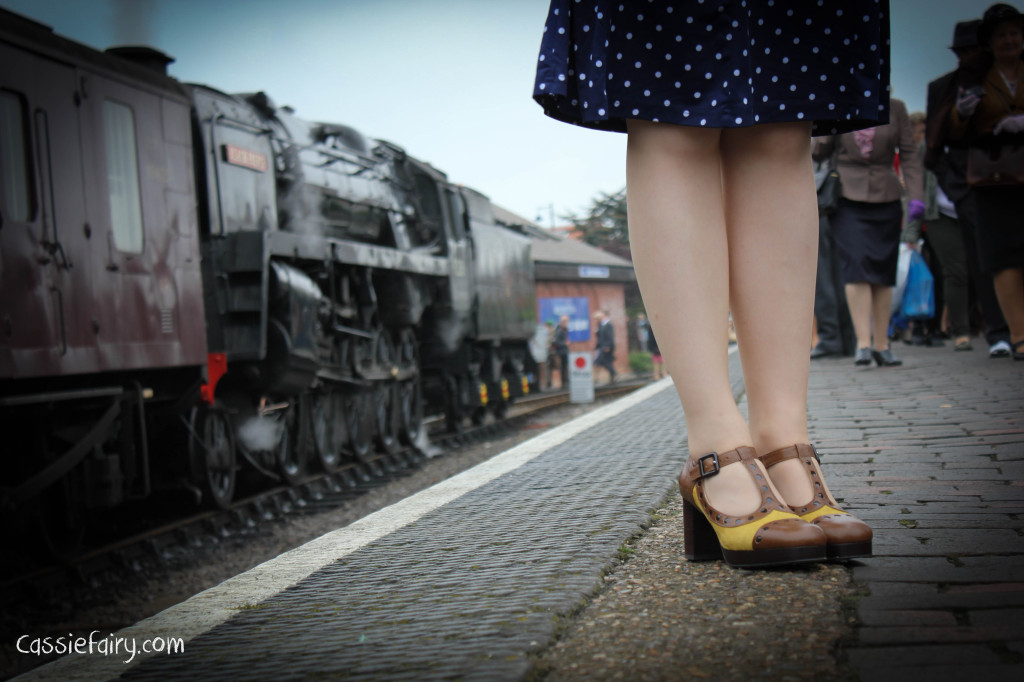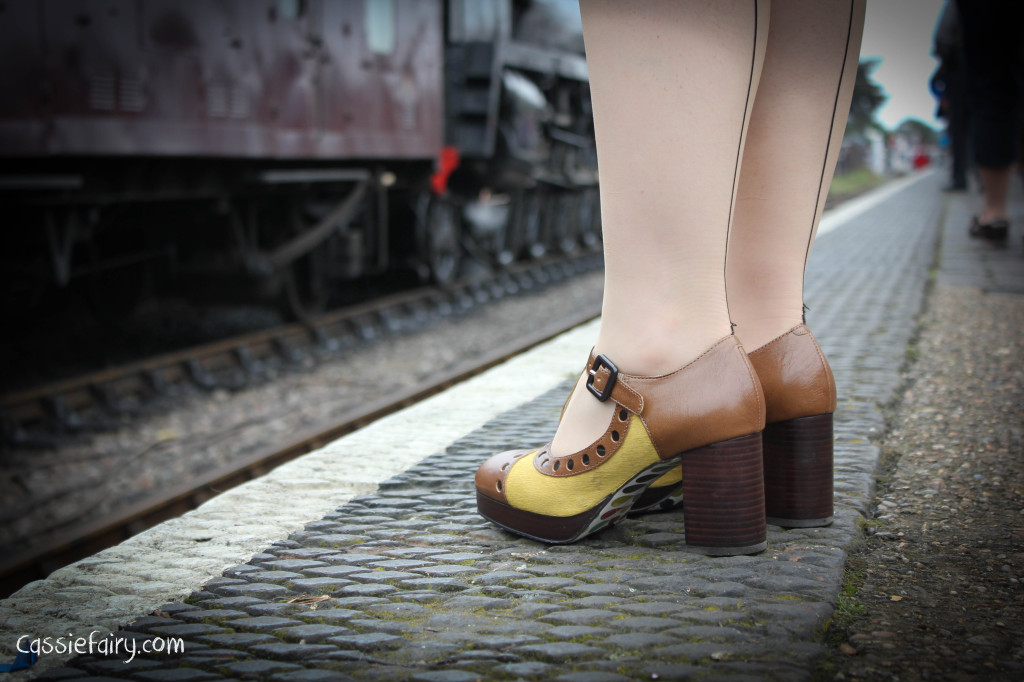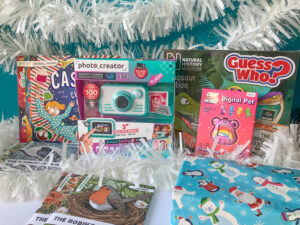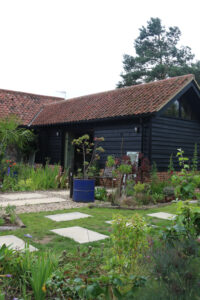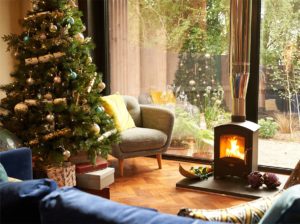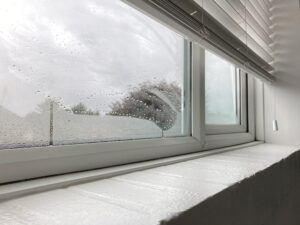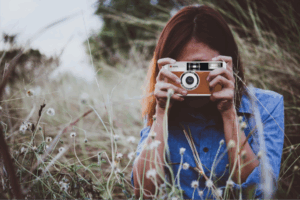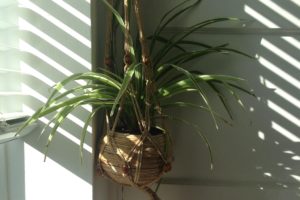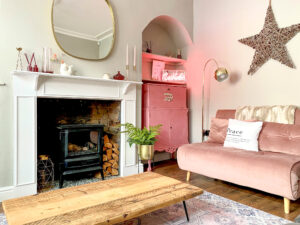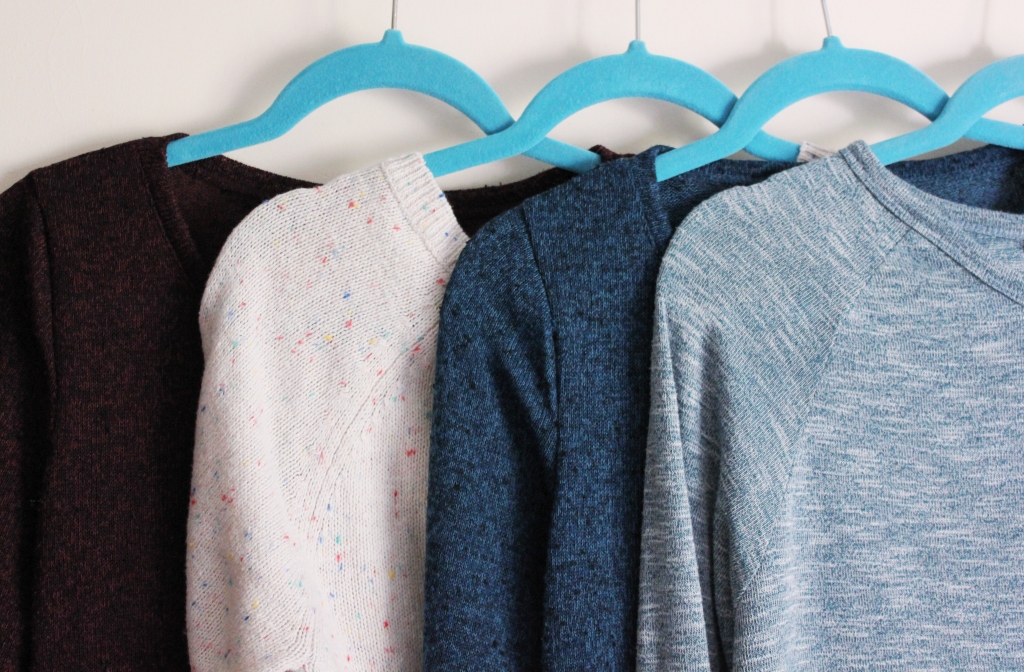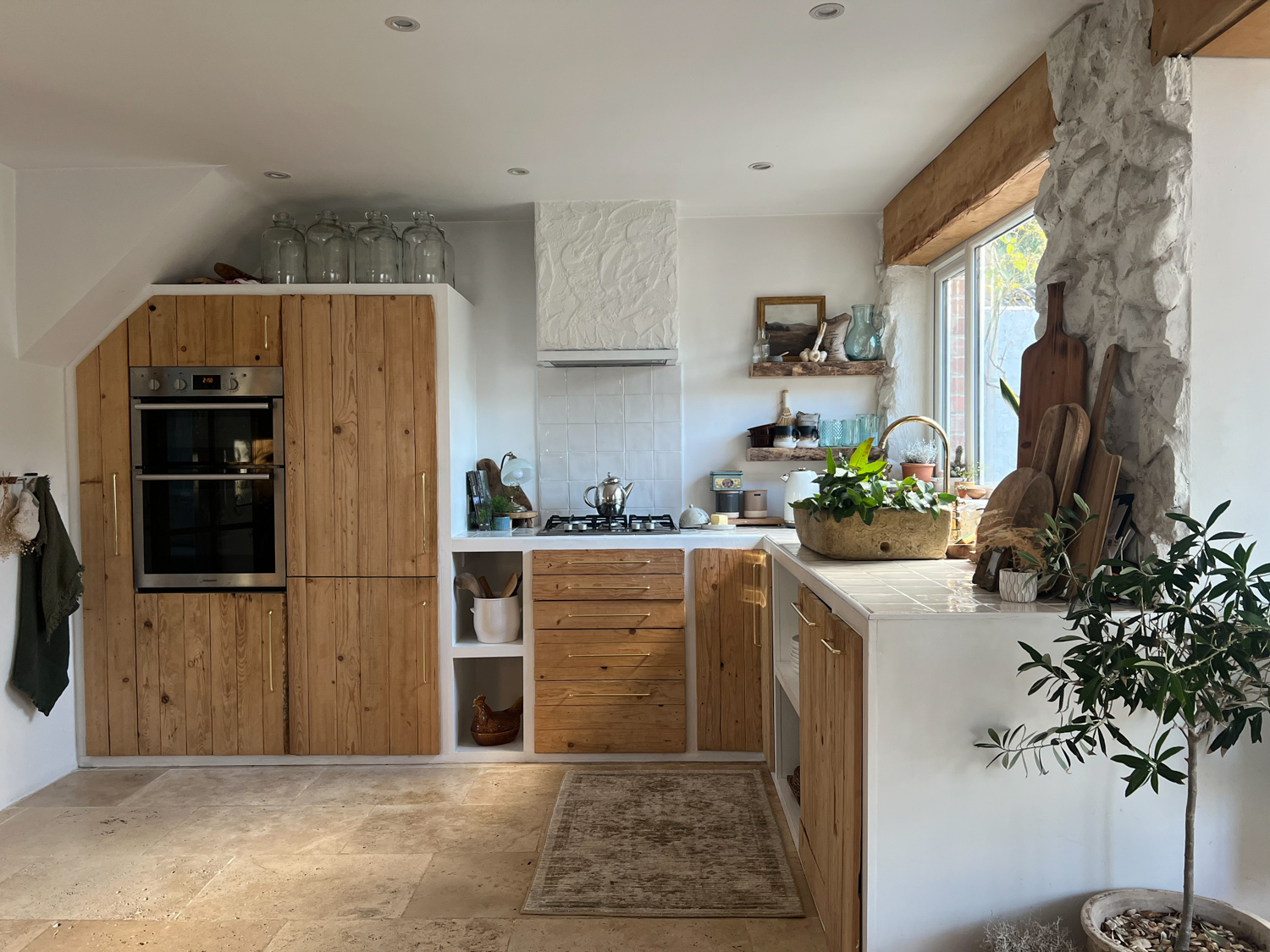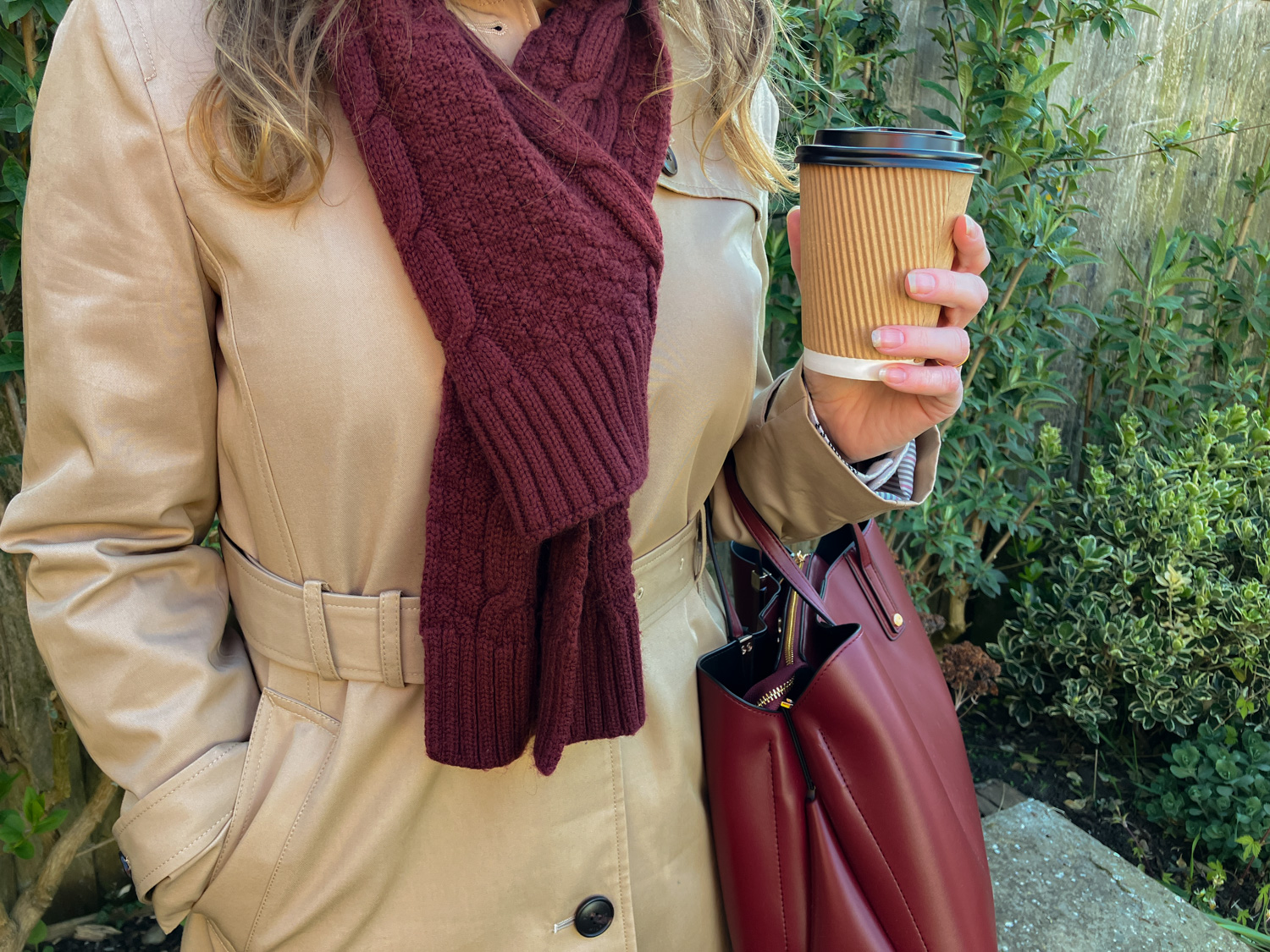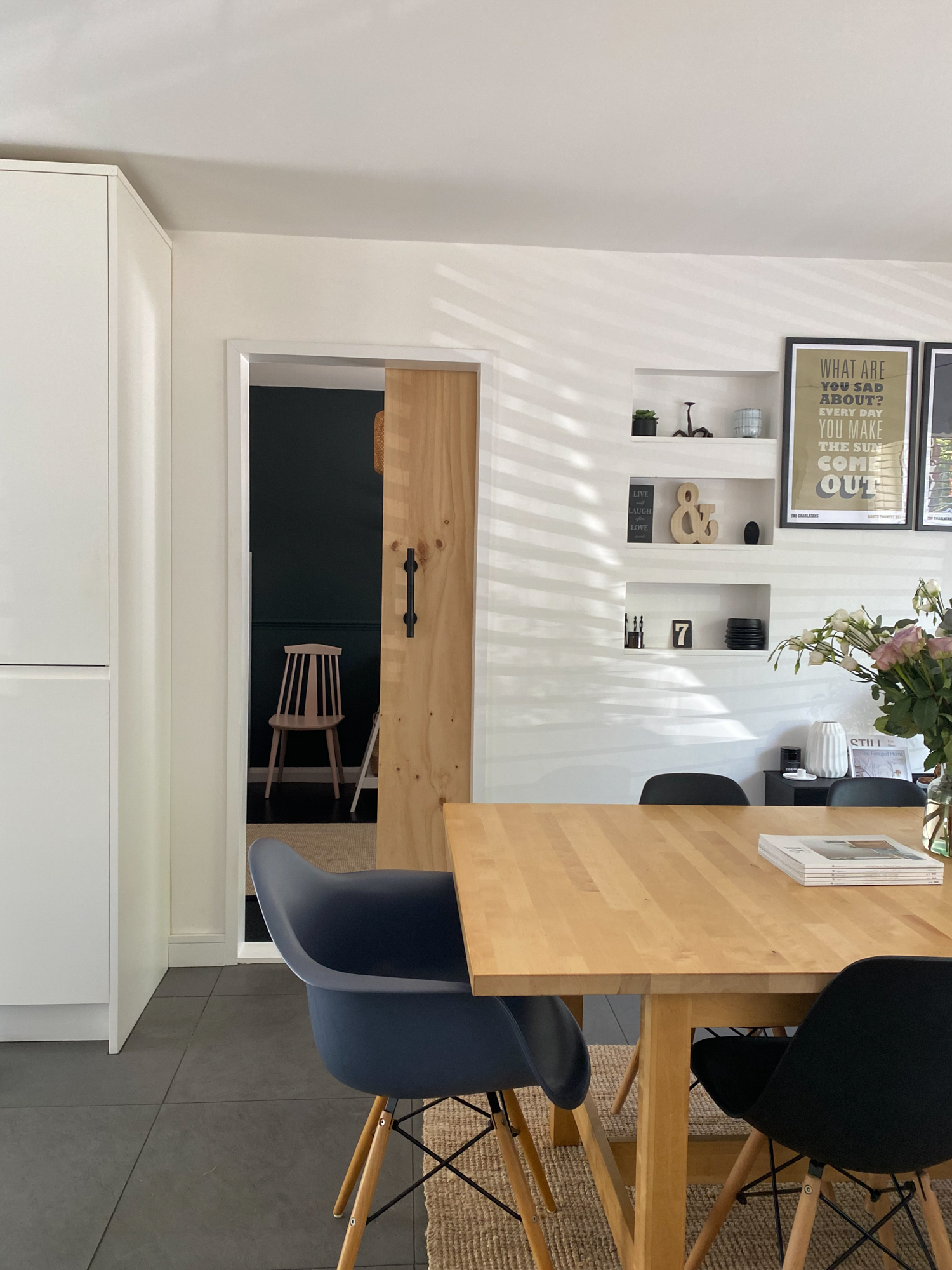As you know I’ve started learning to swing dancing, including lindy hop, charleston and now balboa, all of which are intrinsically linked to the 1940s era. I’ve been going to hangar dances and I’m attending another 40s dance this coming weekend. I’ve been delighted to find that there is quite a vintage ‘scene’ going on in the area I live so this very weekend I had a choice of four dances to go to on Saturday night! You may have already spotted some of my vintage clothing blog posts, but I’ve hardly mentioned the footwear. This is mainly due to the fact that when I dance, my feet need to be comfortable so that I can bust some moves on the dancefloor so I’ve worn the same pair of shoes every time. 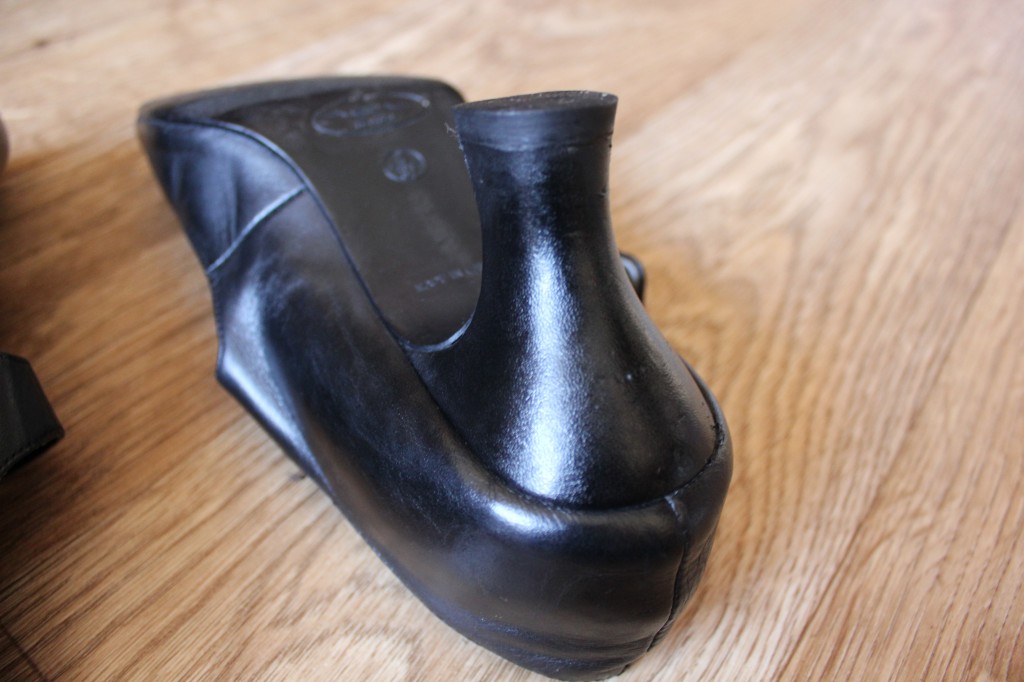
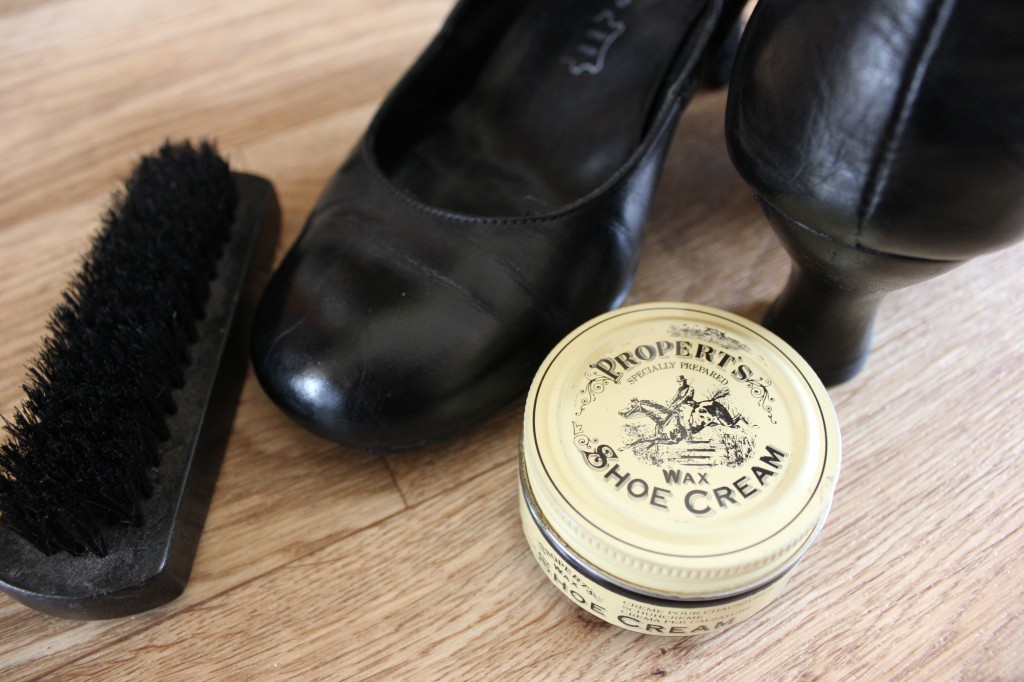
My preferred dancing shoes are a simple pair of plain black low-heel shoes with a baby-doll strap. They are simple but are so comfortable and I’ve owned them for about 8 years – long before my passion for dancing came into being. But even back then, they were my go-to shoes for nights out with my friends as I knew that I would still be comfortable on the walk home, even after a whole evening of dancing. So when I started going to dance lessons, these shoes were the obvious choice and I’ve worn them to every lesson since.
I’ve written about them before in my article about taking care of your shoes, and this pair have been reheeled and buffed up to a fine shine many times over the years, which is why I think they have lasted so long. The problem is that I’m starting to worry about the day when they finally fail, when the heel snaps during a speedy spin or when the buckle pings off after a keen kick. I want to find a suitable replacement but have no clue about what type of shoes to go for.
As you may have seen in my blog post last Tuesday, I have a fab pair of Orla Kiely baby doll heels which I wore to a 40s steam railway event last month. They were comfortable enough for walking around all day long, but these are too heavy with their chunky heels and platform sole to be any good for dancing, plus the t-bar isn’t quite right for the era. So that’s where my research into 40s footwear comes in. I know I want my dancing shoes to be comfortable but I also want them to look good with my choice of vintage attire so I’ve taken a look at what shoe styles were popular during the era. I imagined that the selection of shoes would be quite limited but in contrast I found that there were a large selection of what I would call ‘modern’ styles around in the 1940s so I’m sure that I will be able to find a replica version of these old designs if the originals prove to be too pricey for my thrifty budget!
So first of all I’d like to discuss heel height, and I discovered that shorter stacked heels and chunky square shapes were popular in the 40s. I am rather pleased about this because I prefer a shorter heel and find it difficult to dance in anything over 3 inches so I’m sure that a pair of vintage shoes would be suitable to dance in. I found out that evening shoes were sometimes a little higher, but here’s the thing that really surprised me; wedges were popular in the 1940s! I genuinely thought that this style was a much more recent invention and I spent the whole of my 20s wearing wedges, never realising just how ‘vintage’ I was being! Practical lace-up shoes of the era, such as brogues or Oxford shoes for daytime also featured chunky stacked heels so the women of the 40s were definitely a fan of a little extra height!
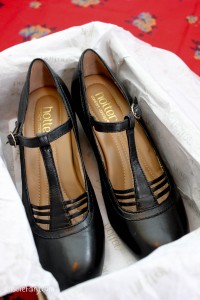
The Mary Jane shoes or baby doll shoes that I love so much are typical styles of the era. Evening-wear in the 40s usually included straps around the ankle or across the foot and even slingbacks made an appearance. Straps could be added to peep toes, wedges or court shoes/pumps to turn them into jazzy party shoes – again, I thought that peep-toes were a more modern invention – how wrong I was! I think that the addition of straps might have been to do with the energetic lindy-hop dancing the women were doing in the evenings, so that their shoes stayed firmly on their feet during all those jive kicks!
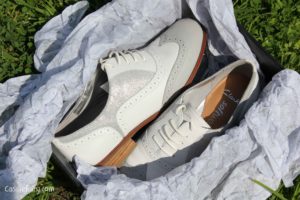
Most of the shoes in the 1940s were black, light tan, brown or olive green with only a few exciting shades of patriotic red, white and blue available. Brighter colours became popular after WW2 as you can see from the yellow shoes in this 1949 catalogue image. Two-tone shoes were popular; not only in Oxford shoes, saddle shoes or loafers as you’d expect, but also around the top of pretty court shoes or slingbacks, so many of these would have contrast stitching or added trim in a different colour. In terms of embellishment, most styles were relatively plain with a little punch-hole decoration in the leather. Bows or flowers in the same fabric or colours of the shoe were added to evening or summer shoes for decoration.
From this research, I have concluded that I should invest in some baby-doll Mary Jane shoes, possibly with a peep toe (and definitely in red or blue!) with a contrast white stitching or perforation pattern around the top. Does anyone have any suggestions of where I can find something like this – original vintage or modern? Please let me know in the comments below! And if you have a favourite pair of vintage shoes yourself, please send me a photo of them, I’d love to see your favourites too 🙂
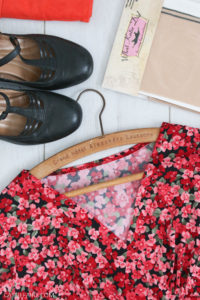
Some items in this blog post have been gifted to me and the pink links indicate a gifted product, affiliate link or information source. All thoughts and opinions in this post are based on my own experience and I am not responsible for your experience 🙂





